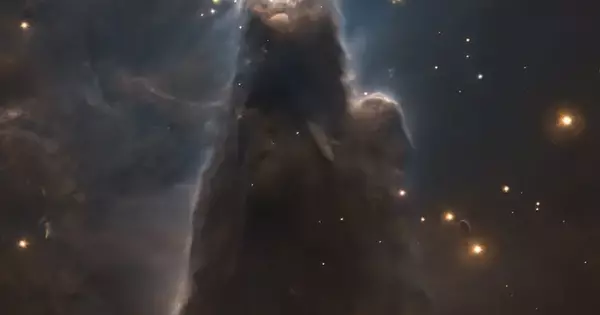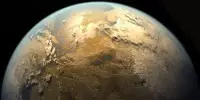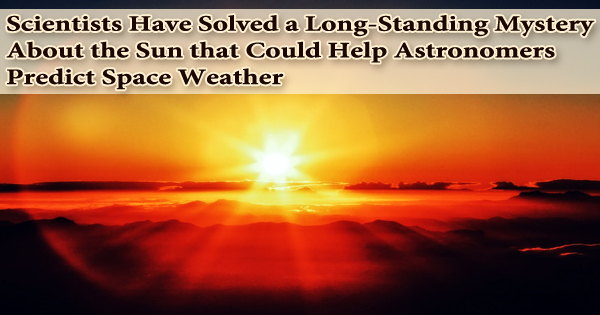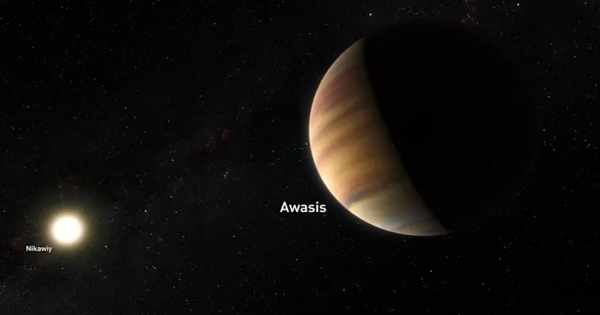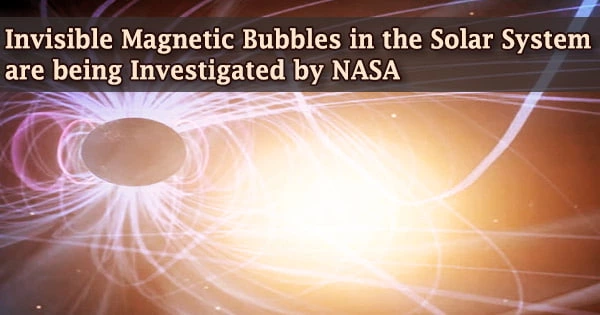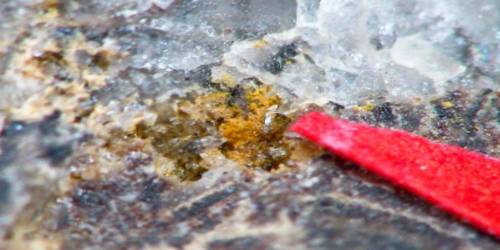The Cone Nebula (also known as NGC 2264) is a photogenic star-forming region located in the constellation Monoceros (the Unicorn) about 2,700 light-years away from Earth. It is so named because of its shape, which resembles a cone. The nebula is visible in small telescopes and can be imaged using long exposures with a camera. The bright blue color seen in images is caused by hot, young stars that have recently formed within the nebula. The nebula is also home to many dark, dense clouds of gas and dust, known as Bok globules, that are thought to be the birthplaces of new stars.
The Cone Nebula is a bright, cone-shaped cloud of gas and dust located in the constellation Monoceros (the Unicorn). It is a part of the much larger emission nebula known as the Christmas Tree Cluster. The Cone Nebula is about 2,500 light years away from Earth and is illuminated by the bright star HD 53367, which is located just outside the field of view in most images. The Cone Nebula is a popular target for amateur and professional astronomers and is often photographed using narrow-band filters to highlight the different gases present in the nebula.
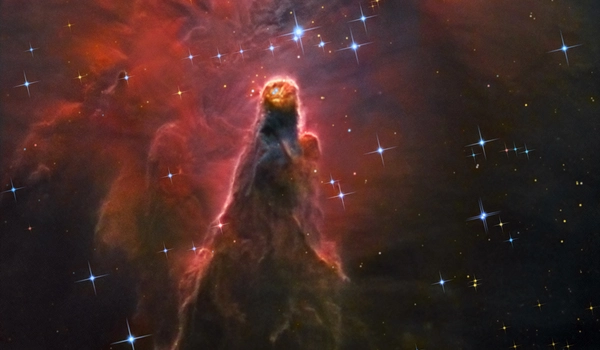
It is approximately 2,700 light-years away from Earth and is part of a larger star-forming region called the Christmas Tree Cluster. The Cone Nebula gets its name from its distinctive shape, which is formed by a dense cloud of gas and dust that is shaped by the intense radiation and winds of young, hot stars. The Cone Nebula is a popular target for amateur and professional astronomers because of its bright and complex structure. It is visible in small telescopes and can be imaged with long exposure through a telescope with a camera.
The diffuse Cone Nebula, so named because of its apparent shape, is located in the southern part of NGC 2264, with the magnitude-3.9 Christmas Tree Cluster in the northern part. It is located in the northernmost part of Monoceros, just north of the midpoint of a line connecting Procyon and Betelgeuse.
The cone is formed by a dark absorption nebula composed of cold molecular hydrogen and dust in front of a faint emission nebula composed of hydrogen ionized by S Monocerotis, NGC 2264’s brightest star. The faint nebula is about seven light-years long and 2,700 light-years from Earth. The nebula is part of a much larger star-forming complex; images of forming stars were captured by the Hubble Space Telescope in 1997.
